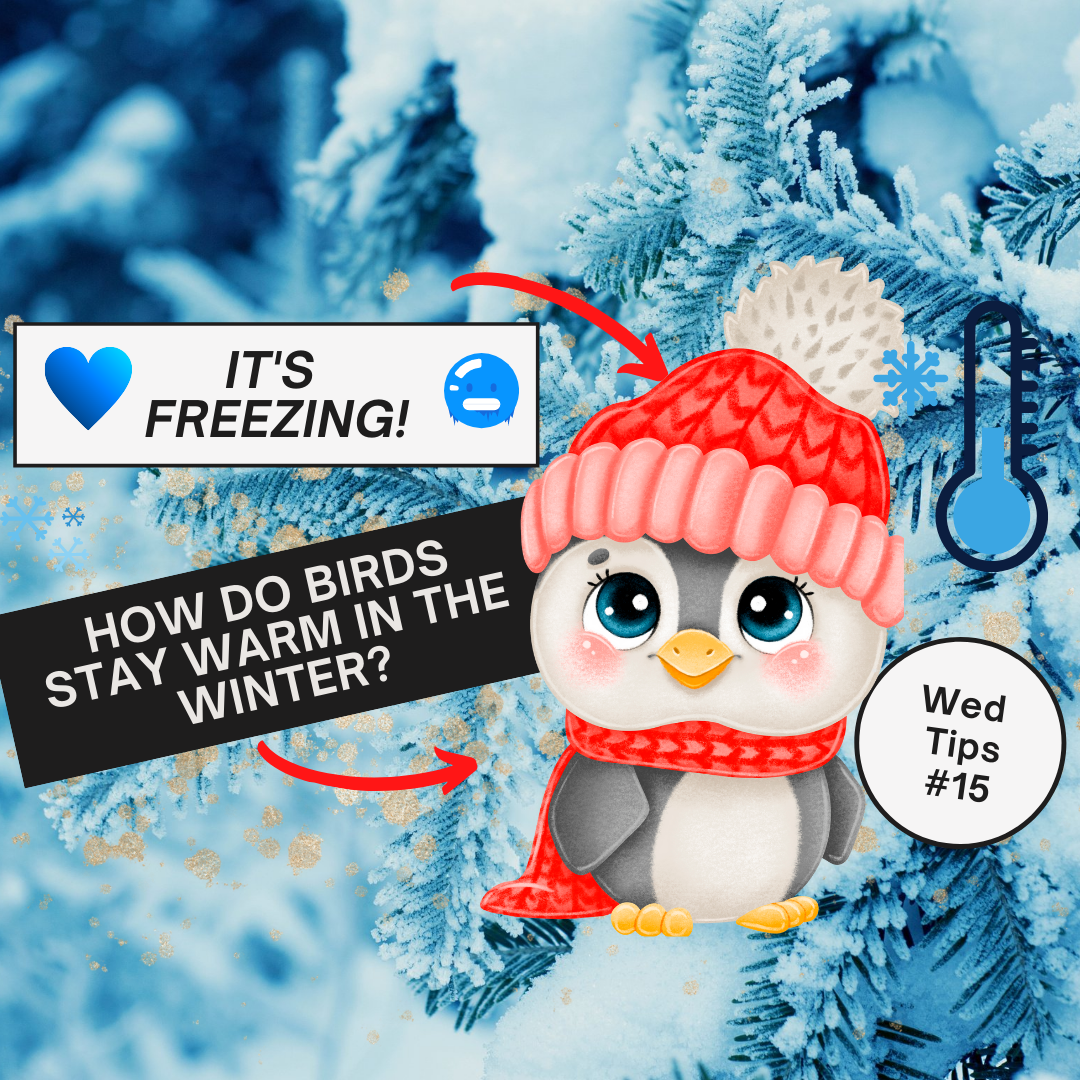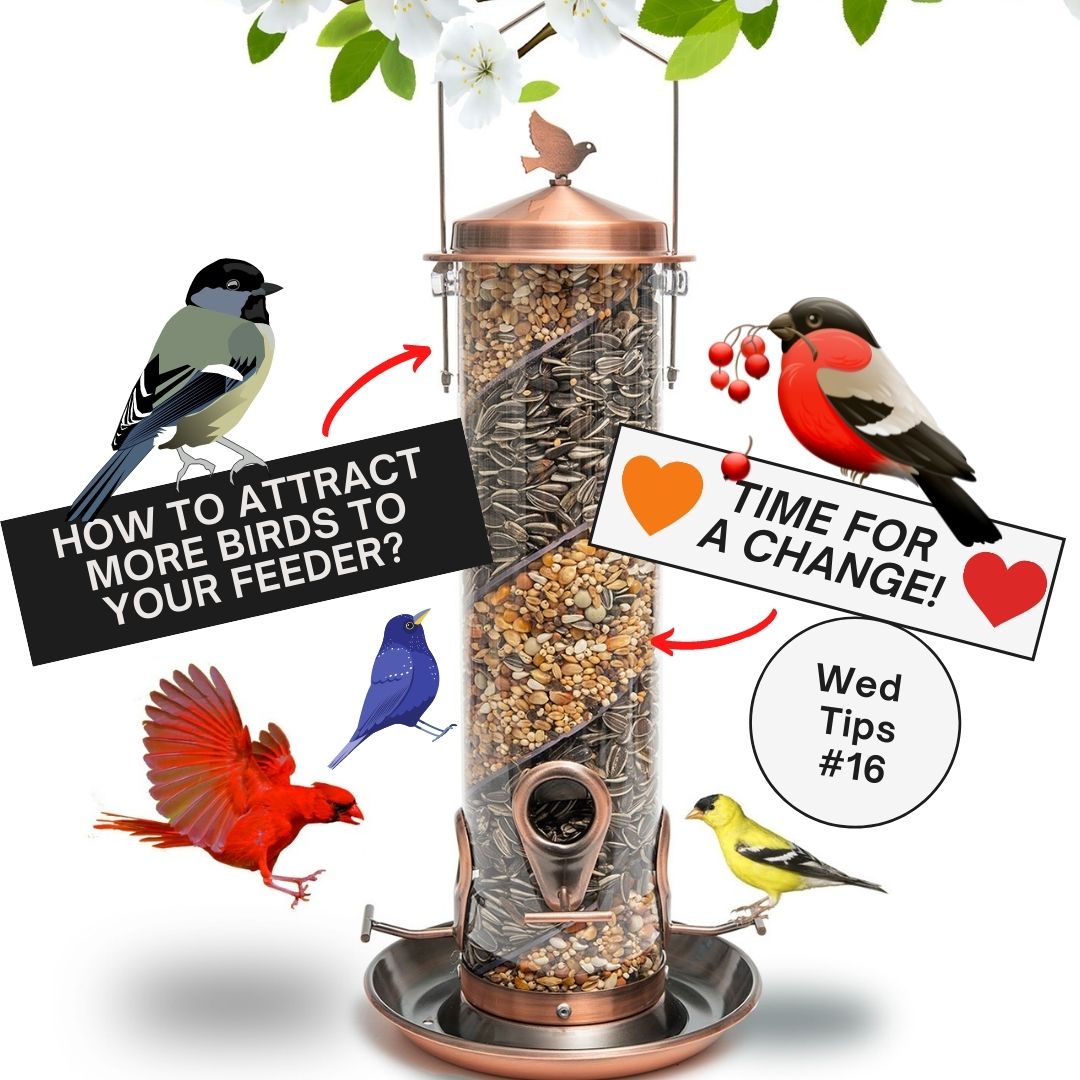
Looking out of the window, it looks pretty peaceful. Maybe the snow is covering your yard with the white tablecloth of winter. The garden seems emptier with the trees bare of leaves and only a few non-migrating birds congregating around your winter bird-feeders, trying hard to find food and stay warm.
But there is more than meets the eye...

There should be a sign: Animals are sleeping here! Not only bears hibernate in the winter. A wide variety of animals have adopted this mechanism to save themselves from perishing in the cold. Food and insects are scarce anyway, so they might as well switch off until spring.
Let’s get to know who is hiding in your very own garden!
Animals know when winter is coming. Birds also have a mysterious mechanism that alerts them when it’s time to get ready for the roughest season of all. Some migrate to warmer climes, others stay put.
How do birds know when winter is here?
When the temperatures start to drop, most wildlife begin to enhance their diet with high calories in order to add layers of fat. They do so for the body to build reserves to draw from while hibernating.
During this state, their metabolism decelerates and body temperature drops. This is evident from the slowing down of the heart beat and breathing rate.
Some hibernate all winter and some for only a few hours a night.
When winter draws to an end, our hibernators sense this and come out from their holes and other cavities to bask in the spring sun - as the cycle of foraging begins again.
What animals could be in your garden right now?
FULL-TIME HIBERNATION PLAYERS!

Groundhogs, hedgehogs and bears are well-known hibernating “stars”.
But this list has some surprises: like ground squirrels, mice and certain bats.
In water, it’s a little different. Water fowl like ducks, geese, pelicans and gulls have unique scales along their legs as protection from the icy water.
But fish, frogs and certain turtles have no way to stay warm when the cold becomes unbearable. As soon as winter arrives, they usually find shelter in logs, under rocks and even among dead leaves. But as the temperature drops to below freezing, they burrow into the soft warm part of the mud or move to the bottom of lakes and ponds
Hibernation can go on from anywhere between a few days to all winter long. Once hibernating, no noise or distraction will wake them up.
Groundhogs can hibernate for almost 5 months! Though sometimes they get out before time even though it’s still cold outside - mating season starts early for them!
Some bats can go for 6 months! During that time their heart beat goes from around 80 beats per minute to 5 (!!). Their body temperature can go to a third of its regular body heat: from 99°F to 33°F.
PART-TIME HIBERNATION PLAYERS: “TORPOR”
Torpor is a “mini-hibernation” state when animals such as birds, opossums, raccoons, skunks and chipmunks slow down their metabolism, breathing and heart beat either for a few hours or all night.
These guys wake up when the sun is up and it’s a little warmer to forage for food.
These wildlife creatures can’t go for longer periods of hibernating like groundhogs and bears because during the night they burn all the calories they amassed during the day.
When the sun is up, raccoons leave their cavities in hollow trees or barns to look for food. Chipmunks emerge from their underground burrows (which could be your deck or shed) to collect food from their hidden caches. Field mice leave their nests, tree stumps or rocks - even your shed or porche, to get a bite from food they stored.

Birds also go into torpor.
Chickadees, doves, hummingbirds, titmice and small owls may become inactive for a few hours or overnight. This way of surviving the cold is a double-edged sword - if a predator spots a bird while it is deep in the state of torpor, the little flyer won’t be able to protect itself and will get eaten. Still, there is no better way to escape the bone-chilling climate other than nightly torpor.
Favorite roosting spots for many birds include birdhouses, tree cavities and evergreens.
Bzzzz… Do bees hibernate?
Bees in tropic climes, just like birds in warmer areas, are active all year round. But in colder areas, when winter strikes, bees hibernate, each species in its own way:

- OVERWINTERING: Honey bees have different ways to hibernate. They even have their own definition for hibernation: overwintering.
Honey bees overwinter in their hives or nests when the colony reduces its size dramatically. The bees huddle around the queen and shiver to stay at around 96°F. They take turns being on the outside circle, the coldest. They are still active during the winter, eating their honey to have the energy to flap their wings intensely to stay warm.

- COCOONS AND LARVAE STATES: Mason bees survive the winter in their cocoons after they lay eggs in the fall. Leaf cutter bees go into a state of larvae.

- BUMBLE BEES: All bumblebees die as winter arrives – except for the queen. After she mates with the males and feeds on a large amount of pollen, she’ll go and find a cavity of some sort in and live off those fat reserves.
Look at your garden - what do you see?
A pile of dead leaves?

Well, instead of clearing them up, perhaps leave them as they are. Because a hedgehog may be hibernating inside! Sometimes they like bonfire piles, so be careful before you light that fire.
Movement in your pond?
If you see distinct movement in a pond – this may mean that frogs are hibernating here! Males sometimes prefer the bottom of the pond. They can breathe through their skin and move around. The females choose to hibernate beneath the leaves. To each their own.
Wall decorations?

Think you have dry leaves on your wall outside? Think again. Many types of adult butterflies hibernate. These “leaves” might actually be a group of butterflies with their wings closed, hanging on to the wall where it’s dry and sheltered. This can be under a wooden surface, on your wall or under the roof of your shed.
Little muddy piles?
Mining bees can be passing the winter in the warmth of muddy piles. The young’uns might be hibernating until winter is over - which is when they will come out, mate and lay eggs before dying and leaving the next generation to continue this circle of life.
Need to mow the lawn?
Leave it for a while. Among the long grass blades, caterpillars and certain butterflies could be hiding.

Our wildlife is always foraging and trying to survive, especially in winter. Giving a helping hand is always a good move to make it easier for them get through the winter and see another spring.
What wildlife have you spotted in your garden this winter? Share on our Facebook page!




Leave a comment
All comments are moderated before being published.
This site is protected by hCaptcha and the hCaptcha Privacy Policy and Terms of Service apply.